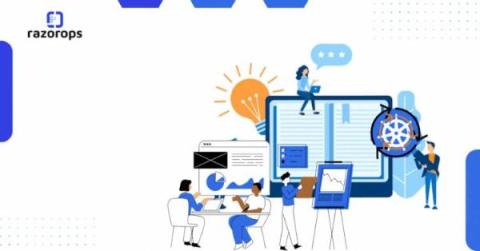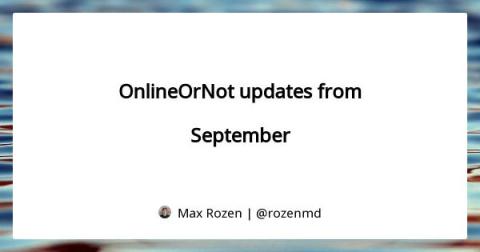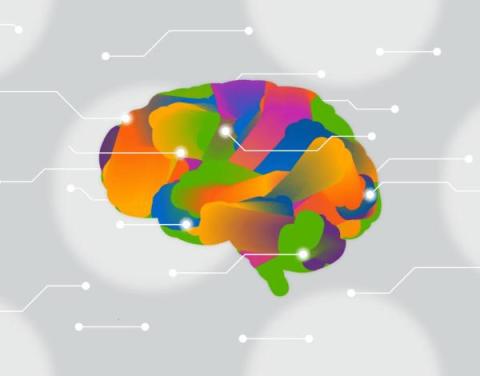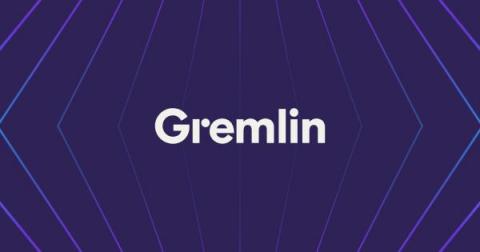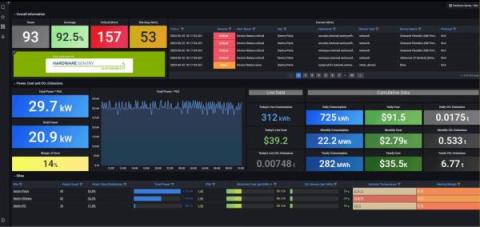Operations | Monitoring | ITSM | DevOps | Cloud
Blog
Kubernetes Autoscaling for Continuous Integration/Continuous Deployment
Continuous Integration/Continuous Deployment (CI/CD), the ability to adapt swiftly to fluctuating workloads is paramount. Kubernetes, with its dynamic orchestration capabilities, offers an invaluable toolset for achieving seamless scalability. This article explores the concept of Kubernetes autoscaling and its pivotal role in optimising CI/CD pipelines.
OnlineOrNot updates from September
Coming back from August holidays, I felt the need to take a hard look at what OnlineOrNot does, and keep improving it.
Announcing Splunk Federated Search for Amazon S3 Now Generally Available in Splunk Cloud Platform
So We Shipped an AI Product. Did it Work?
Like many companies, earlier this year we saw an opportunity with LLMs and quickly (but thoughtfully) started building a capability. About a month later, we released Query Assistant to all customers as an experimental feature. We then iterated on it, using data from production to inform a multitude of additional enhancements, and ultimately took Query Assistant out of experimentation and turned it into a core product offering.
Release Roundup Sept 2023: Measurably improve reliability
It’s been another busy few months here at Gremlin. Overall, our team has been working on feature improvements to enable teams to measurably improve the reliability of their systems, whether that’s through broadening platform support so you can run Gremlin in more places, making it easier than ever to identify reliability risks, or improving reporting so you can manage reliability programs effectively at enterprise scale. Here’s a summary of what’s new.
Reducing data center carbon emissions with Hardware Sentry, Grafana, and OpenTelemetry
With just 30 employees, Sentry Software might be considered a small company, but they’re prioritizing sustainability in a big way. As the makers of Hardware Sentry, an IT monitoring software, a large part of their business relies on maintaining optimal temperature conditions at their data centers — an operation that contributes to the company’s overall carbon footprint.
An Introduction to Cloud Unit Economics in FinOps
The cloud’s elasticity—the ability to scale resources up and down in response to changes in demand—as well as variable cost structures offer significant advantages, enabling enterprises to move from rigid capex models to elastic opex models where they pay for what they provision, with engineers in control and focused on innovation, becoming true business accelerators.
Forwarding Windows Events to CLM
Triangulate: Add Logs to Your Monitoring Mix
For many IT organizations, triaging or troubleshooting starts with assessing symptoms. As practitioners investigate the causal factors by answering each of the “5 whys,” logs are often where the actual root cause answers lie. This is even more true for issues related to configuration changes, change management, and security. However, diving into log data can be overwhelming as a first step due to the high volume and velocity of logs and missing context.



